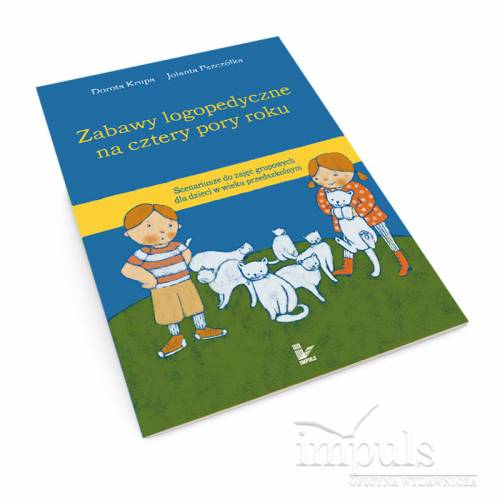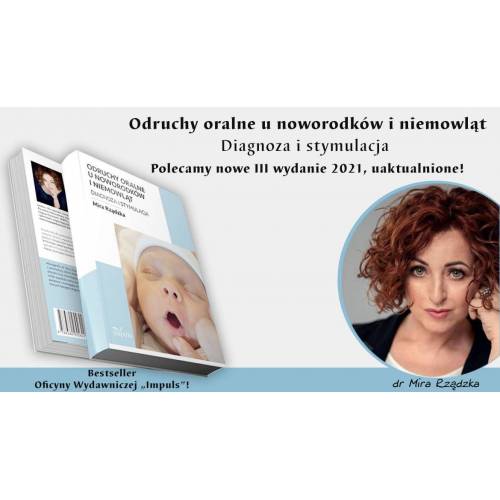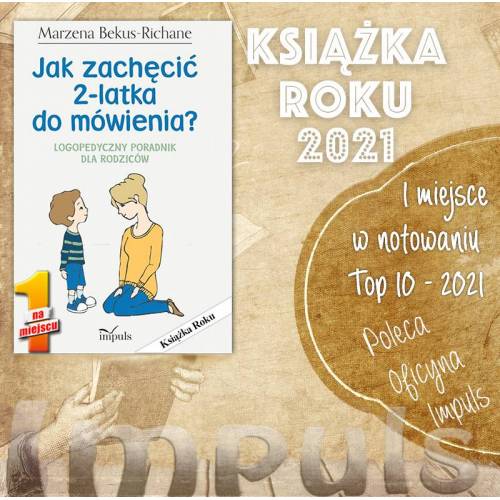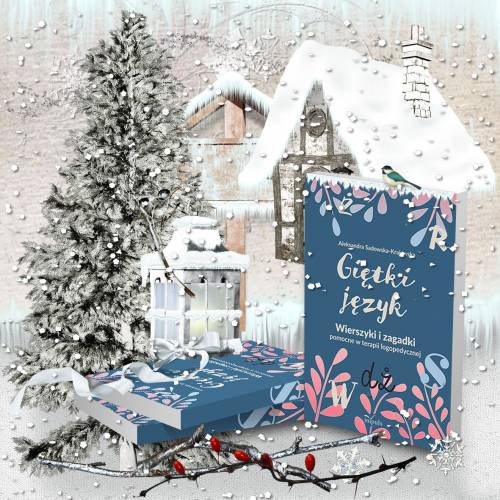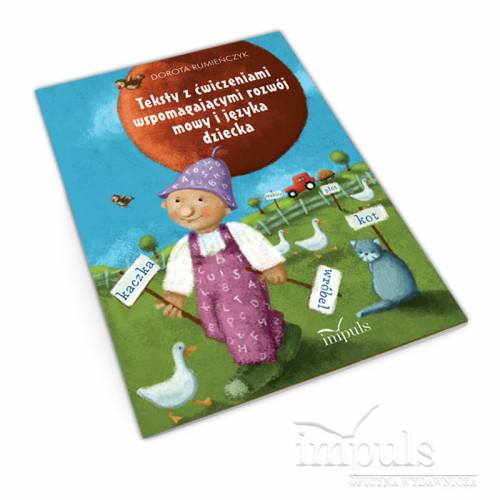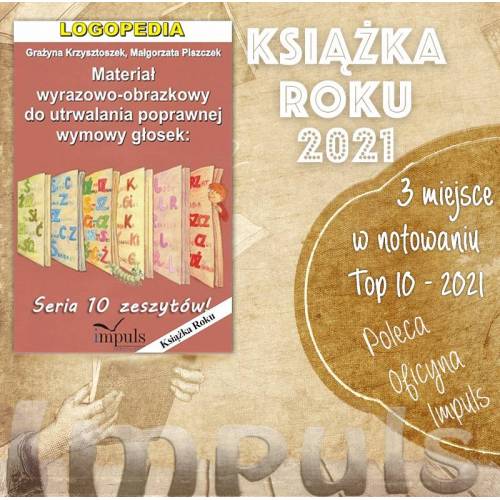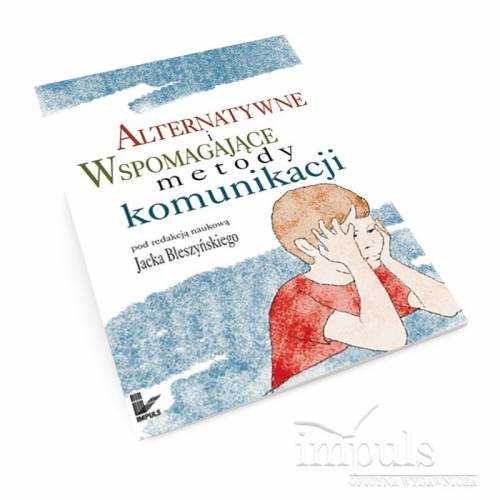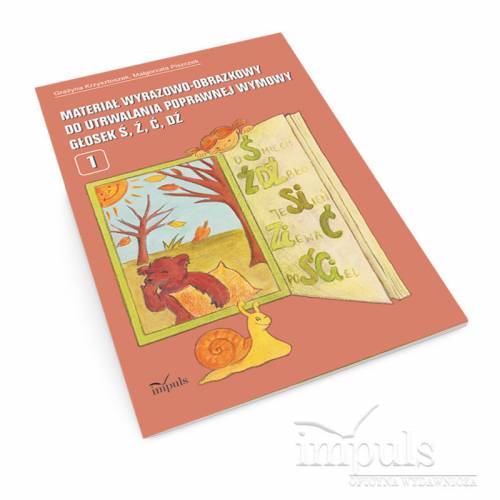Wysłów się! Ćwiczenia dla osób z afazją, niepełnosprawnością intelektualną i...
Autor:
Olszewska Agnieszka
Cena podstawowa
36,00 zł
-8,00 zł
Cena
28,00 zł

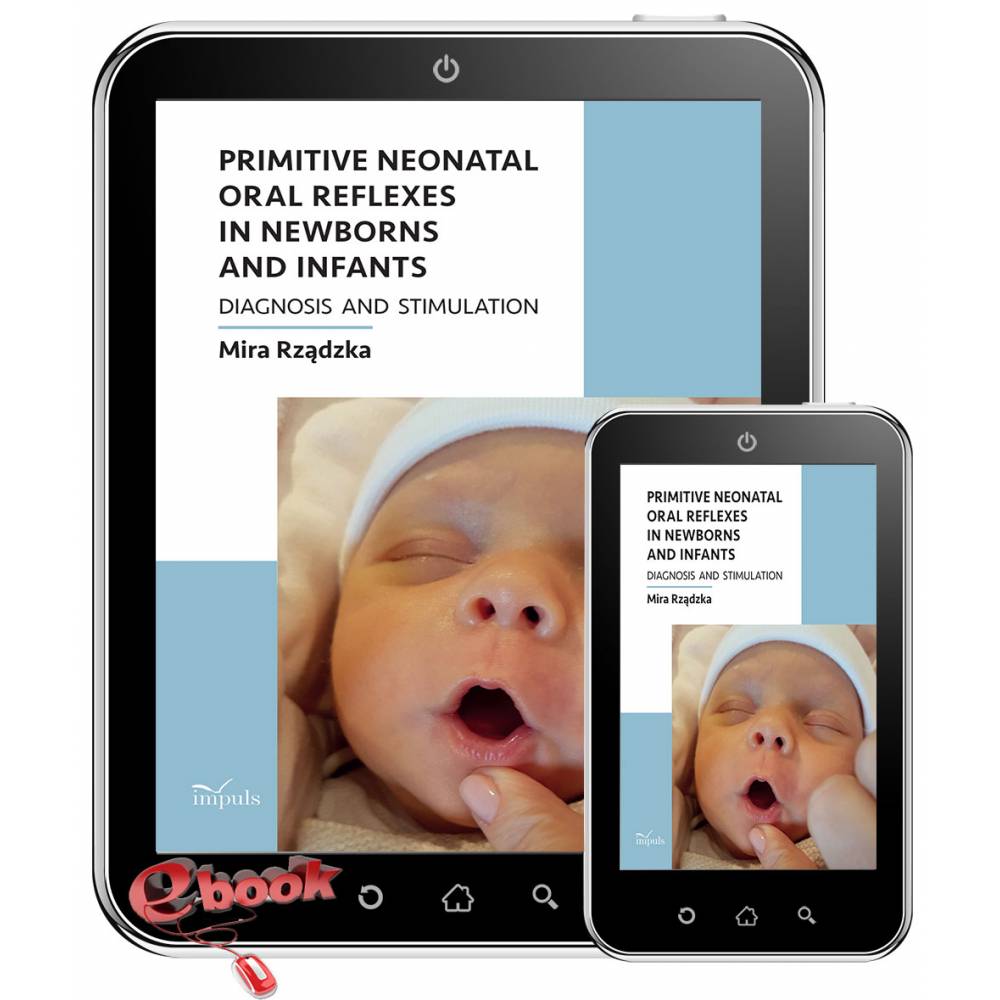














 doktor nauk o zdrowiu, neurologopeda. Specjalizuje się we wczesnych oddziaływaniach neurologopedycznych u noworodków i niemowląt z zaburzeniami oralnymi, jak również w diagnozowaniu i leczeniu zaburzeń dysfagicznych u dzieci i dorosłych oraz zaburzeń rozwoju komunikacji u dzieci z ASD czy z zaburzeniami genetycznymi. Wieloletni wykładowca akademicki (
doktor nauk o zdrowiu, neurologopeda. Specjalizuje się we wczesnych oddziaływaniach neurologopedycznych u noworodków i niemowląt z zaburzeniami oralnymi, jak również w diagnozowaniu i leczeniu zaburzeń dysfagicznych u dzieci i dorosłych oraz zaburzeń rozwoju komunikacji u dzieci z ASD czy z zaburzeniami genetycznymi. Wieloletni wykładowca akademicki (
